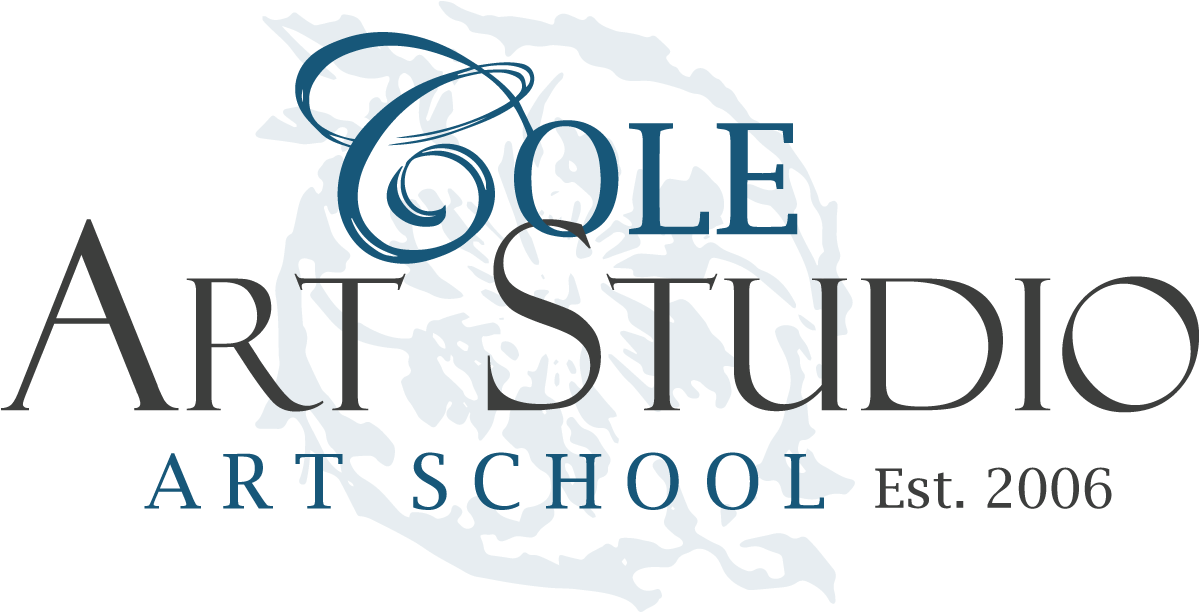The Basics & Beyond! Oil & Acrylic Painting
w/ Angela Bandurka
Online Class! All Levels Welcome, Some Experience is Helpful.
5 classes / Thursdays 5-8 pm / Oct 1, 8, 15, 22, and 29 : with both live and pre-recorded instruction, a live Q&A session/demo time and downloadable instruction sheets.
Cost: $250 for 5 classes
Registration: online
Location: This will be an online class which can be joined through Zoom.us. A link to the Zoom meeting, along with instructions on how to use Zoom, will be sent in an email after you register. Also be watching your email for a link to a “Meet & Greet” on Saturday Sept 26th at 11am-12pm.
Description: Painting should be fun and an outlet for your creative energy, and you should feel safe to learn in an environment that is helpful and encouraging and NOT judgmental or stressful. This is the place for that! Angela will give you great ideas on how to get started in these versatile mediums, helping you to feel more confident through the skills you will be practicing and the tools you’ll get to know.
This five-week class will walk you through the elements of creating a series of subject matter oil or acrylic, covering these themes: Drawing, Values, Color, Design, and Edges. Each class will go over the basics of one theme for that week with a demonstration by the artist, and then you'll paint an image that highlights that theme, using a reference photo. Angela will provide images to work on in class - you’ll receive them ahead of time so you can download and print them. (If you’d like to use your own photos, please contact Angela in advance to discuss.)
How the online experience will be:
Angela has a Student Page created that you’ll get the link to in advance of the class. This page will include the following:
Links to download multiple Pdf and Jpg files for the class
Multiple videos including painting demos and tips on how to use your tools and care for them
During each 3-hour class, you’ll watch Angela’s demo and then she’ll help talk you through your next assignment. While you’re working, you’ll take photos of your work with your smartphone and email them directly to Angela so she can bring them up for you both to walk through what elements are working and what elements need to be changed. Note that all critiques will be help anonymously, so you can send Angela a note privately through chat in Zoom letting her know you’ve sent her an image to critique and that way everyone is unaware of whose work is on screen. You can find out more about this during her meet and greet the weekend before class begins.
What you can expect to learn:
What kinds of brushes make what kind of marks, and what brands to buy
Helpful tools to aid you in getting drawing, values, and colors right
Where to begin and how to move forward without getting “stuck”
How to layer your paint without making mud
What to wear: clothes that can get stained.
What to bring: a smile, your computer, a smartphone and your painting supplies.
Supply List:
Students, choose either OIL or ACRYLIC —
For Students working in OIL:
Oil Paints: Angela will be using M. Graham paints, though Gamblin will work as well. Be sure to use professional-grade paints, not student or hobby level.
Titanium White
Cadmium Yellow Light
Quinacridone Rose (alternate could be Alizarin Crimson Permanent or Quinacridone Red)
Ultramarine Blue
Burnt Umber
Palette:
Although disposable paper palettes work, Angela recommends a permanent palette to keep the oil paints for longer, such as wood, plastic or glass. Whatever you get, the palette must be flat with no wells or indents.
Mediums - the 4 oz size is fine for these:
Walnut Oil (for cleaning your brushes during painting process, instead of mineral spirits)
Walnut Alkyd Medium (a fast dry medium)
Glass or metal container with lid for the walnut oil
NOTE: No stinky mediums or solvents are allowed.
Brushes: All are long-handled brushes. There are no industry-wide standards on sizing, so Angela has given a general sizing guide below. Some brands she likes are Princeton, Simply Simmons, and Royal Langnickel Zen (silver handle) brushes. Note: Use synthetic bristles ONLY for acrylic painting.
About a one inch sized filbert or bright brush
One 1/4-inch filbert brush
One 1/2-inch filbert brush
One round brush, small-to-medium sized (if it has a nice point to it, size doesn’t matter too much.)
Other:
Five canvases or canvas panels: between 9x12 and 11x14 inches
Palette Knife for mixing paint, optional
Paper Towels
Tabletop or standing easel
For students working in ACRYLIC:
Acrylic Paint:
Angela will be using M. Graham paints, though Golden or Liquitex Professional will work as well. Be sure to use professional-grade paints, not student or hobby level.
Titanium White
Cadmium Yellow Light
Quinacridone Rose (alternate could be Alizarin Crimson Permanent or Quinacridone Red)
Ultramarine Blue
Burnt Umber
Palette:
Disposable paper palettes work well; palette must be flat with no little wells or indents. Some students may wish to use a stay-wet palette (this is not something Angela uses, but helps keep the paint wet longer for students who are in hot/dry regions.)
Brushes:
About a one inch sized filbert or bright brush
One 1/4-inch filbert brush
One 1/2-inch filbert brush
One round brush, small-to-medium sized (if it has a nice point to it, size doesn’t matter too much.)
Optional: One script liner brush (any small size will work, such as 1, 0, or 00, but the key is that the bristles need to be long!)
Other:
Paper Towels
Five canvases or canvas panels: between 9x12- and 11x14-inches in size
Tabletop or standing easel
Palette Knife for mixing paint, optionals






